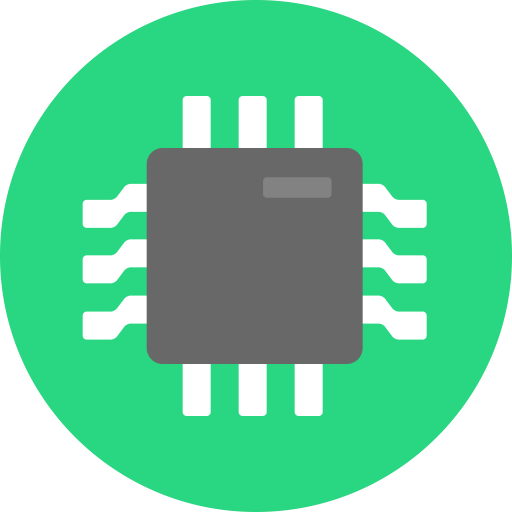Leaning heavily towards the Lattepanda Mu with Intel N100, but also considering the Raspberry Pi 5 compute module as an alternative. Main reason for the preference is performance. But does that still hold up if passively cooled? I’ve read that the N100 doesn’t really reach its full potential at its 6 W TDP, instead often drawing around 15 W during benchmarks. All of the benchmarks I’ve come across are for an actively-cooled setup.
I’m planning on a heatsink that will be open to ambient air and not much larger than the compute module itself, maybe 6x12x1 cm. How much do those extra watts beyond the TDP matter to the performance of an Intel CPU?
My router is an n100 passively cooled device. But before I made it my router I ran a bunch of stress tests and even ran some games on it. I don’t think it had a single problem running at its max 12W PL. I’m not sure if clocks even dropped from their max all core turbo speed.
As long as the chassis is big enough 15w is nothing. Plus it takes a WHILE for the heat soak to peak. Would you even run anything on it that would stress it for 30+ minutes?
Not really, just opening a couple browser windows or spreadsheets, and some video playback. Good to know it shouldn’t be a problem.
I’m a user of the N100 but I added a 60mm fan on it. I have a board that has full fan control so I have it so the fan is mostly stopped. It only runs a little at near 100% load. For me it was getting a little too hot. Noctua fans are really quiet. I never hear that PC.
take a look at busted-up laptops. you can get competent 4/6-core machines with busted screens/keyboard/etc which makes them useless in the real world in the sub-$100 region. way better performance, storage options, connectivity, antennas, power brick included, etc., and you don’t need to dick around with “hats” and arm64 packages and the like.

